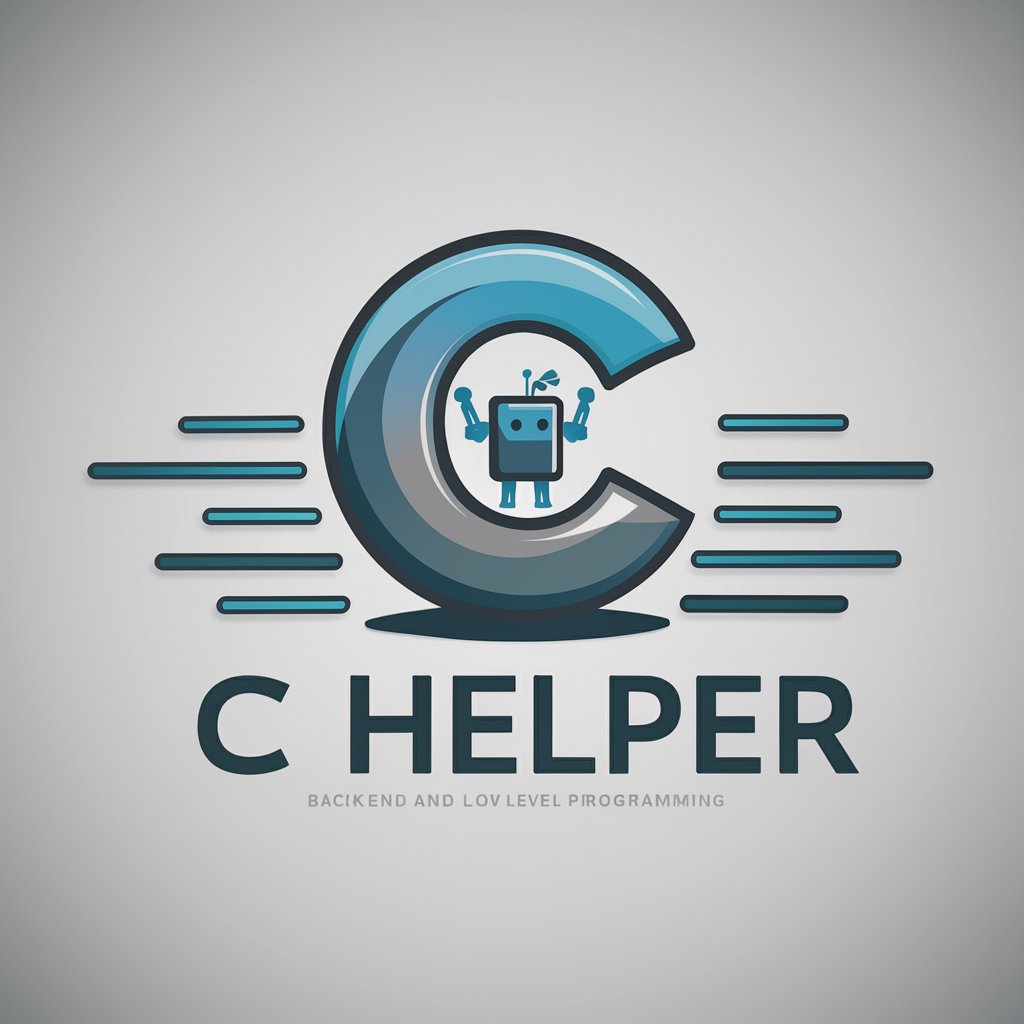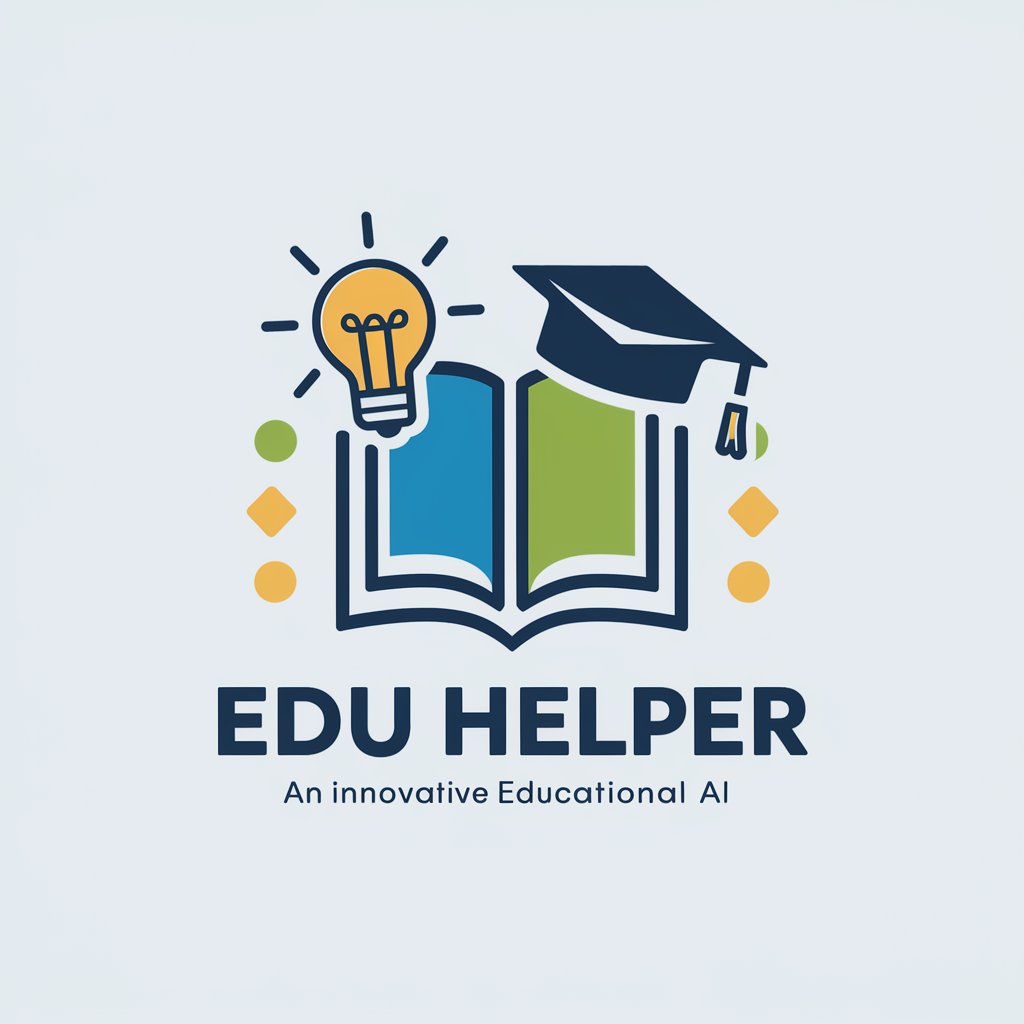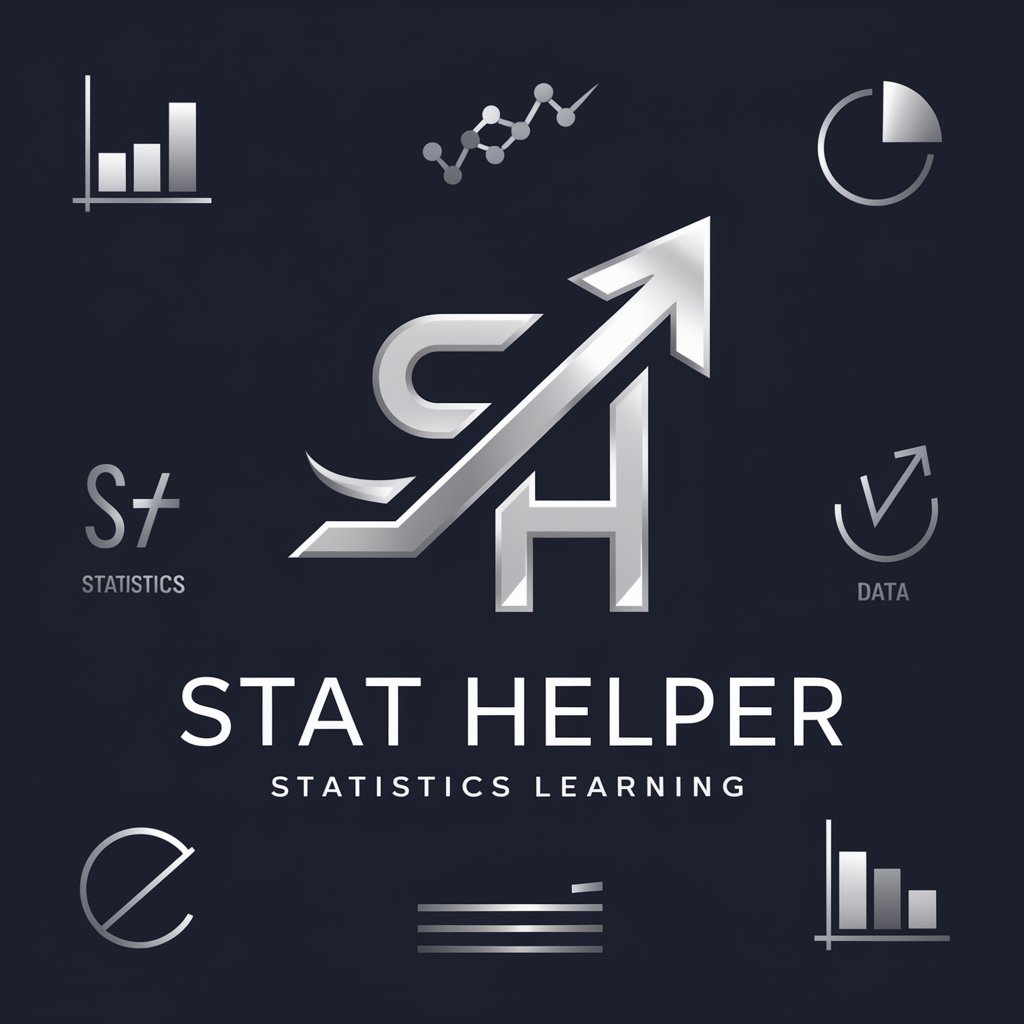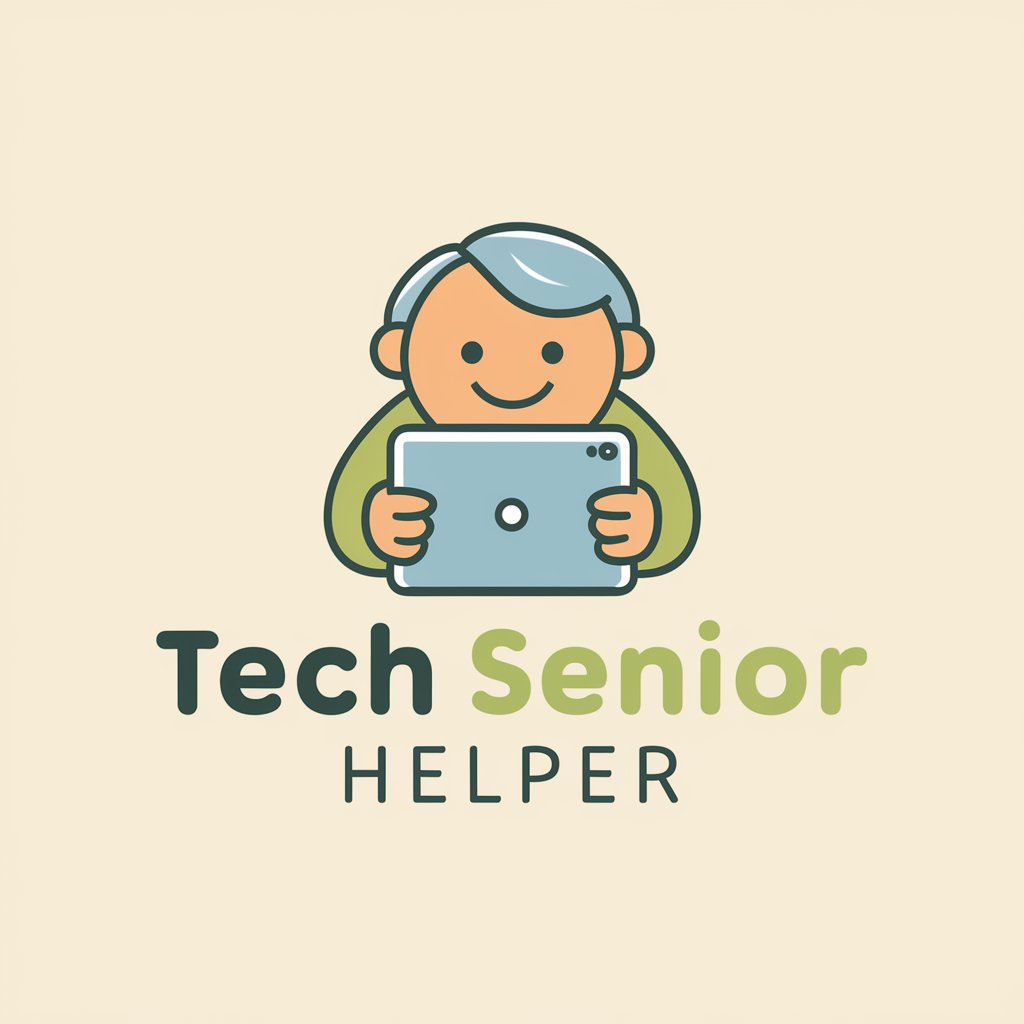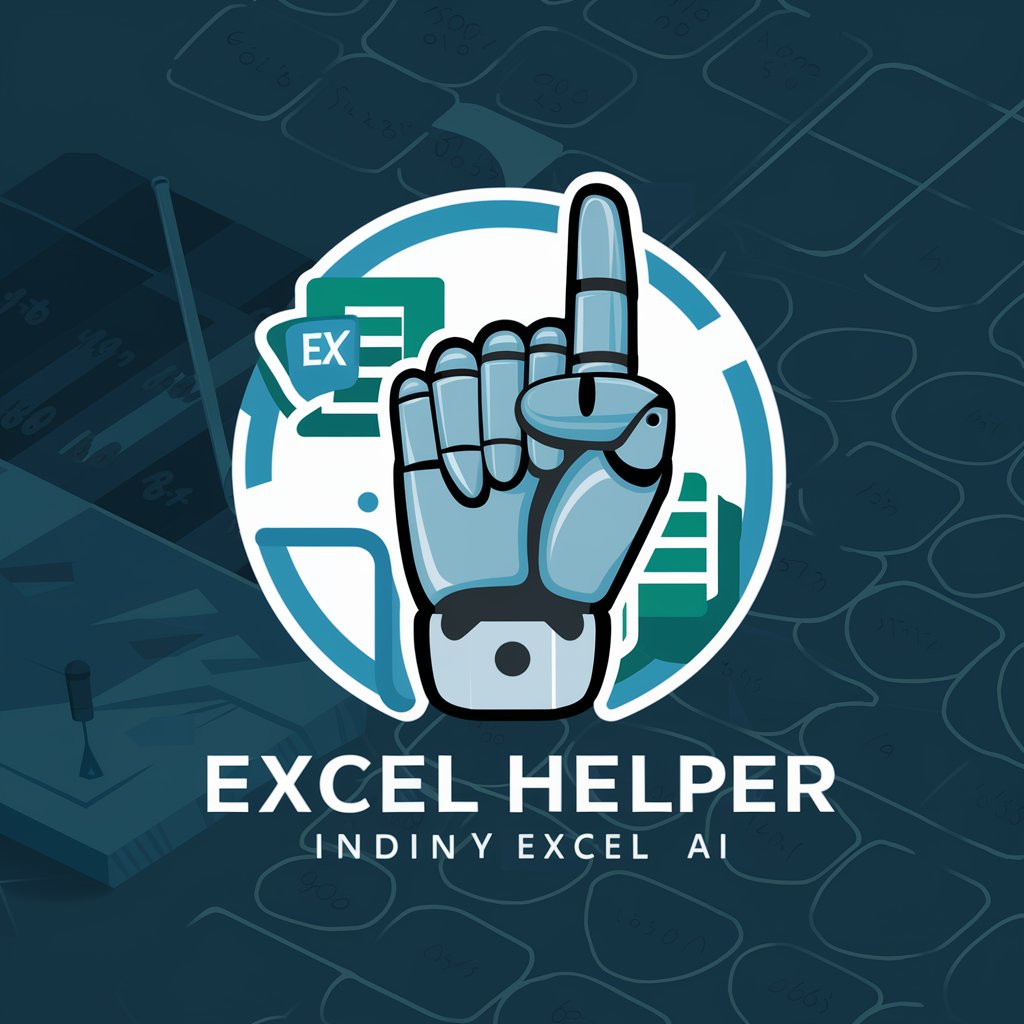
SEND Helper - specialist deaf education aid
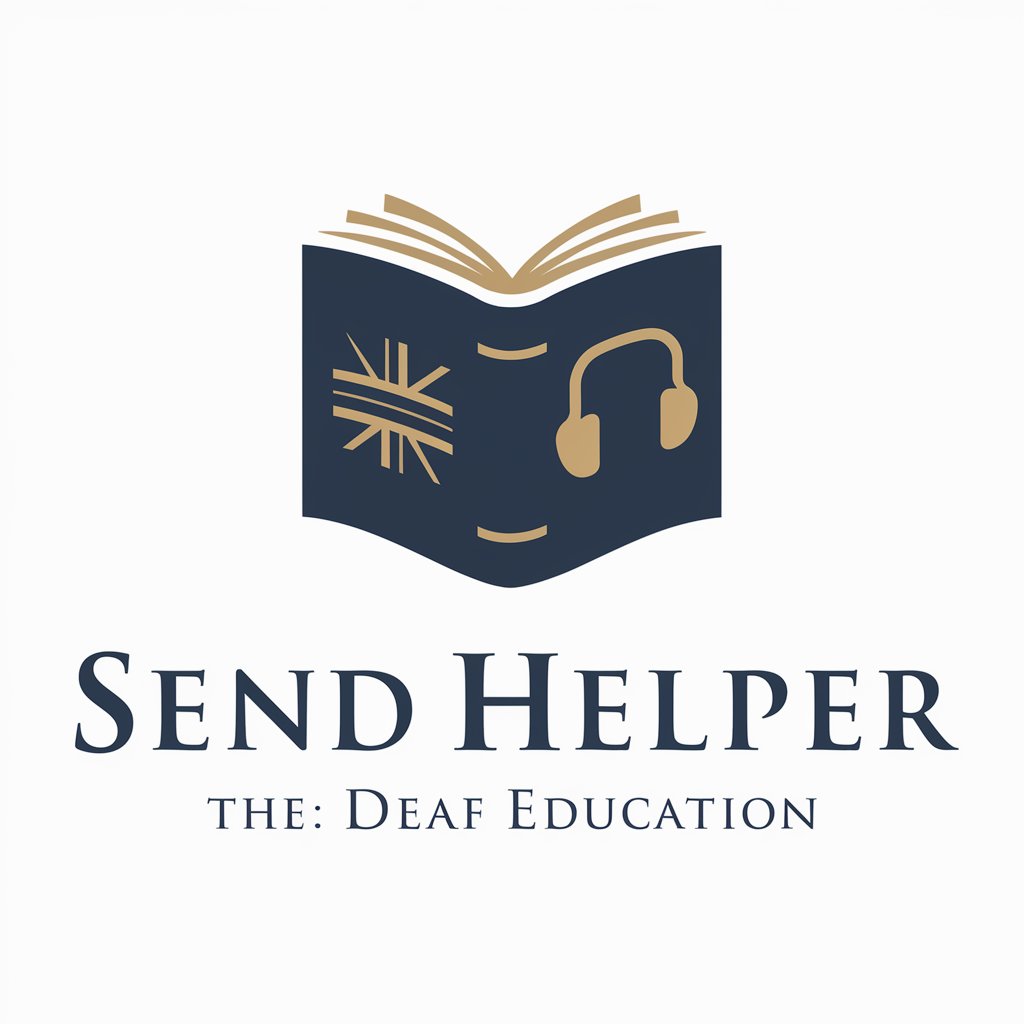
Welcome to SEND Helper, your specialist advisor in deaf education.
Empowering deaf education with AI
What are the best evidence-based strategies for supporting language development in deaf children?
How can schools effectively implement literacy programs for primary-age deaf students?
What frameworks and resources are recommended for deaf education in the UK?
Can you provide research-based recommendations for improving educational outcomes for deaf children?
Get Embed Code
Overview of SEND Helper
SEND Helper is designed as a specialist advisory tool tailored specifically to support the field of deaf education, particularly focusing on language and literacy development among primary-age children in the UK. The tool's primary purpose is to furnish educational professionals, such as head teachers, special educational needs coordinators (SENCOs), and local education authority staff, with evidence-based, deeply researched insights and strategies for enhancing educational outcomes for deaf students. SEND Helper draws on a broad range of peer-reviewed research, established educational theories, and current best practices. It facilitates informed decision-making through comprehensive, detailed responses and tailored advice, making it a critical resource in the planning and implementation of effective educational strategies and interventions. Powered by ChatGPT-4o。

Core Functions of SEND Helper
Expert Advice on Curriculum Design
Example
Guiding educators on how to integrate British Sign Language (BSL) effectively within literacy lessons to support bilingual education.
Scenario
A head teacher is planning a new curriculum designed to be inclusive of deaf students. They use SEND Helper to access strategies and examples of successful bilingual programs that integrate BSL, enabling them to draft a more inclusive curriculum framework.
Policy Guidance
Example
Interpreting and applying SEND Code of Practice to ensure that educational settings are compliant with legal requirements for supporting children with hearing impairments.
Scenario
A SENCO is tasked with reviewing their school’s policies to ensure they align with the latest SEND Code of Practice. They consult SEND Helper to understand the specific requirements and receive recommendations on policy adjustments that meet legal standards and promote optimal learning environments for deaf students.
Research-Based Teaching Strategies
Example
Providing evidence-based techniques for phonics instruction that accommodates deaf learners' needs, emphasizing visual learning styles and the use of technology.
Scenario
A teacher seeks to improve reading outcomes for deaf students by incorporating more effective phonics instruction adapted to visual learners. They use SEND Helper to explore research on visual phonics techniques and technology aids that enhance engagement and learning for deaf students.
Target Users of SEND Helper
Educational Professionals
Head teachers, SENCOs, and classroom teachers who are directly involved in the education of deaf students or who manage inclusive education programs. These professionals benefit from SEND Helper’s detailed, research-backed insights to develop more effective teaching strategies and inclusive policies.
Local Education Authorities
Officials within local government responsible for overseeing education standards and compliance with educational policies. They use SEND Helper to ensure that the educational strategies implemented in schools for deaf students are effective, compliant with national standards, and based on the latest research.

How to Use SEND Helper
Start a Trial
Begin by visiting yeschat.ai to start a free trial without any requirement for login or subscription to ChatGPT Plus.
Identify Your Needs
Evaluate your specific needs in deaf education, focusing on areas like language acquisition, literacy development, or curriculum adaptation.
Navigate the Features
Explore the range of functionalities offered by SEND Helper, such as tailored advice on teaching strategies, tools for curriculum development, and support material suggestions.
Engage with Content
Utilize the expert advice and references provided to implement strategies and enhance your educational practices for deaf students.
Feedback and Adjust
Provide feedback on the tool’s effectiveness and adjust your usage based on the outcomes observed in your educational setting.
Try other advanced and practical GPTs
Army Property Accountability
Streamlining Army Property Management

Army Leader Advisor
Streamlining Army administration with AI.

Swiss Army GPT
AI-powered versatility at your fingertips.

Army GPT
Empowering military knowledge with AI.

Army of the 12 Monkeys
Unleash stories beyond the veil.

Army UCMJ Guide
Decoding Military Law with AI

Send Some Love
Craft heartfelt messages with AI-powered ease.

Letters I Won't Send
Send your unspoken words to the universe.

SEND Assistant
Empowering educators in SEN decision-making with AI-driven insights.
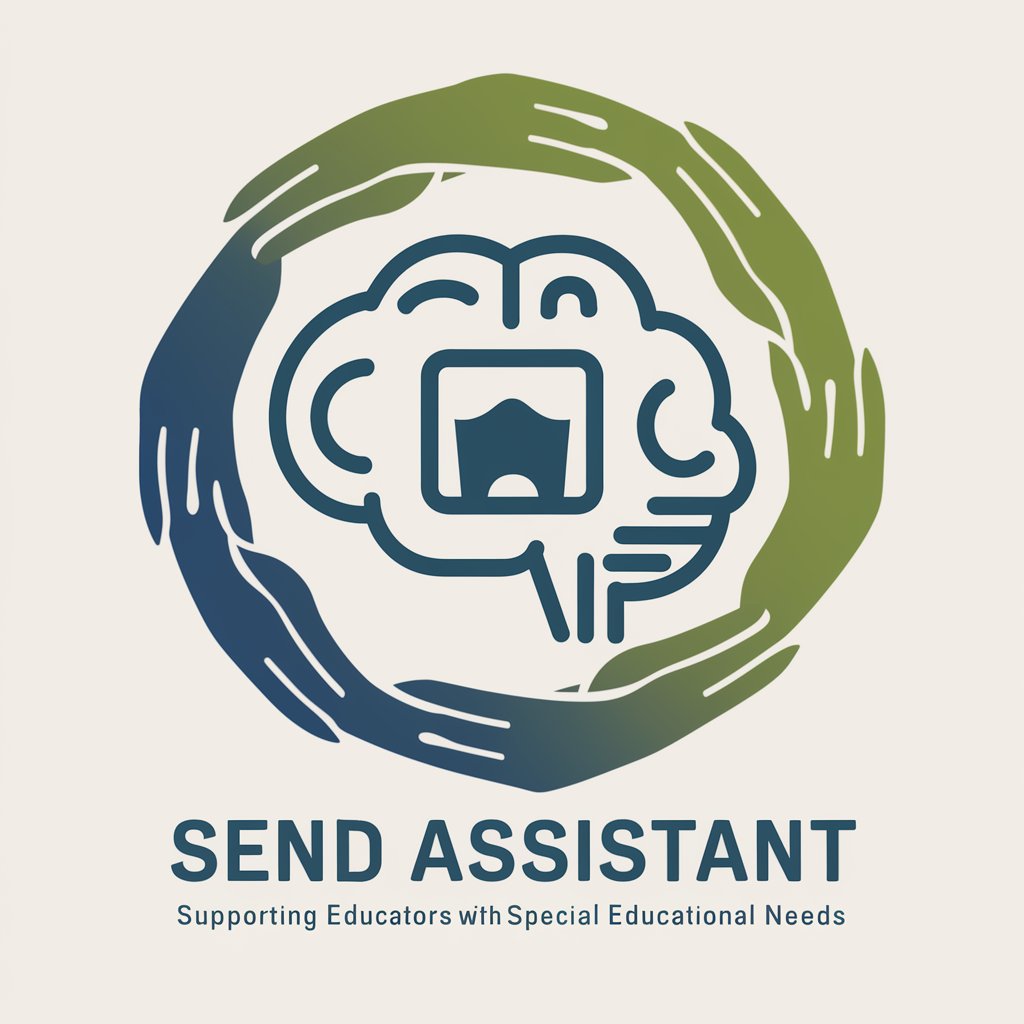
Install Helper
Smart, Simplified Software Setup
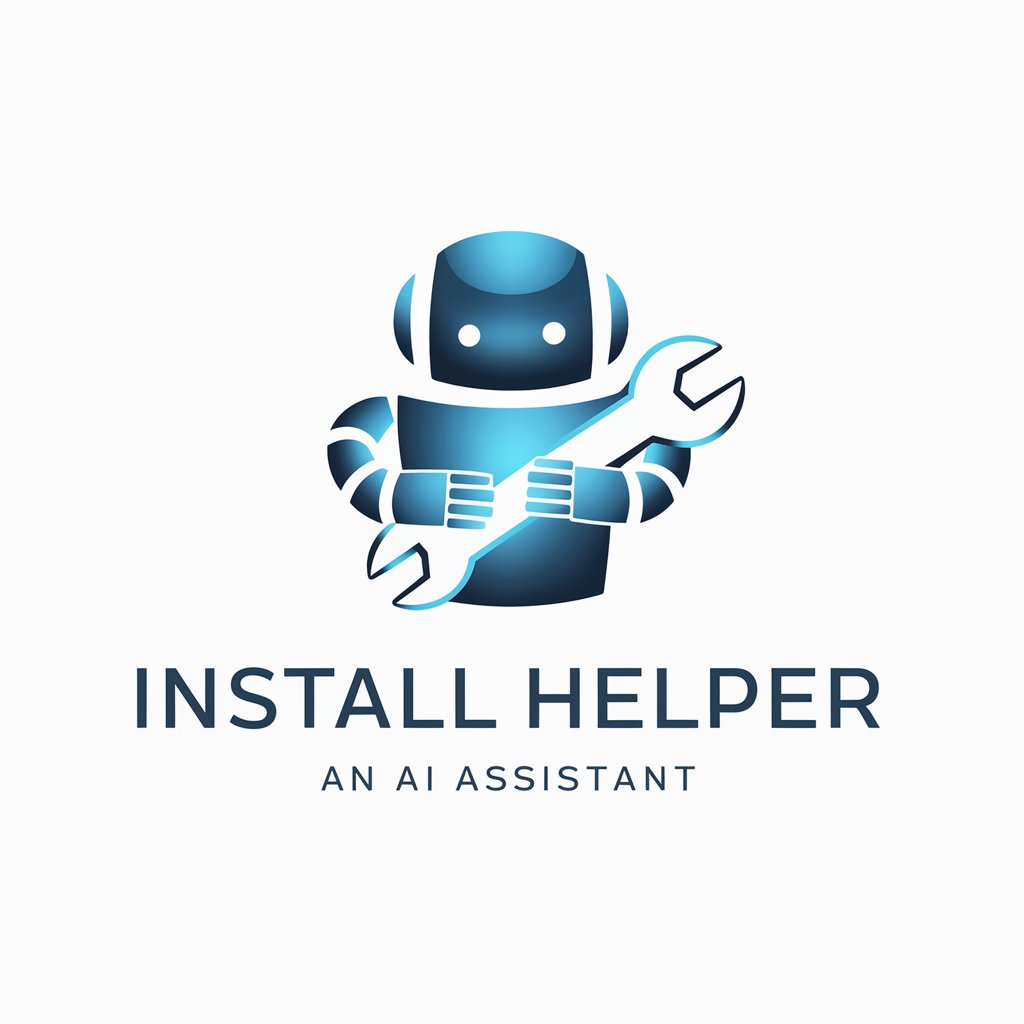
Composition Mentor
AI-Powered Essay Feedback Tool
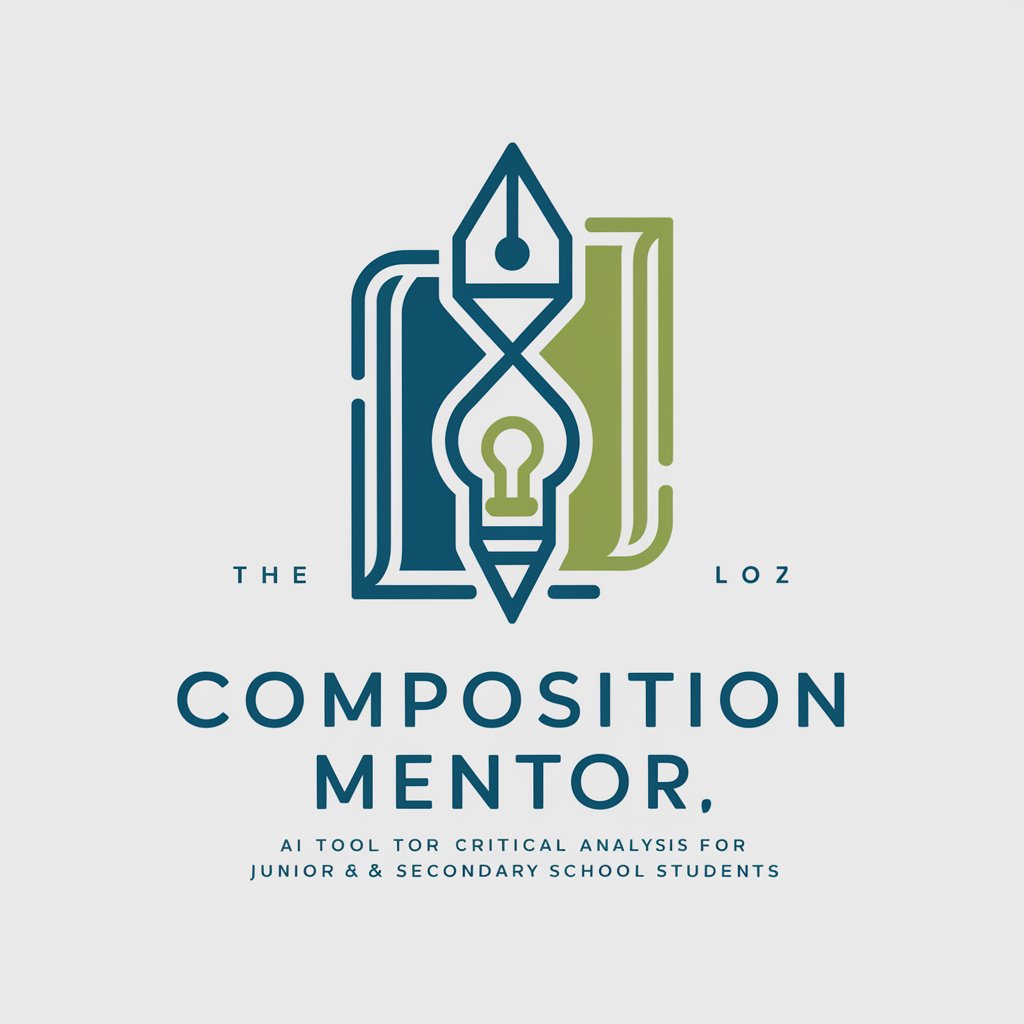
Photo Composition Expert
Perfect Your Shots with AI-Powered Insights

Frequently Asked Questions About SEND Helper
What is SEND Helper designed for?
SEND Helper is designed to support educators and administrators in the field of deaf education, focusing on enhancing language and literacy development among primary-aged children in the UK.
Can SEND Helper assist with curriculum development?
Yes, SEND Helper provides resources and expert advice for adapting curricula to meet the needs of deaf learners, ensuring that educational content is accessible and engaging.
How does SEND Helper stay current with educational practices?
SEND Helper is continuously updated with the latest research and developments in deaf education, drawing from authoritative academic sources and policy frameworks.
Is SEND Helper suitable for training teaching staff?
Absolutely, SEND Helper offers comprehensive guidance and training resources ideal for upskilling teaching staff on effective strategies for teaching deaf students.
What makes SEND Helper unique in supporting deaf education?
SEND Helper uniquely combines AI-powered analysis with evidence-based educational practices, providing customized solutions and support to improve the educational outcomes of deaf students.
